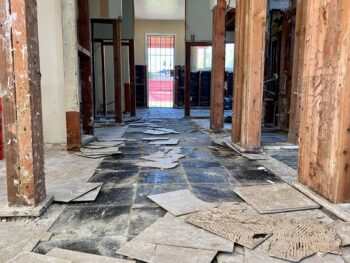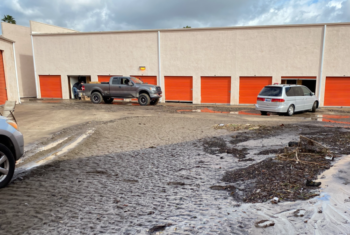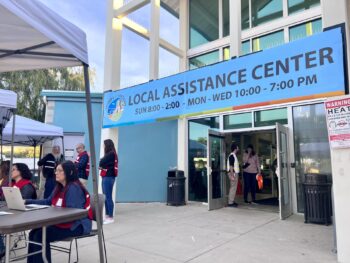San Diego County supervisors bolstered public safety and helped bring modern communications to one of the County’s more rural communities Wednesday by approving a permit to build a cellular tower disguised as a water tower in Shelter Valley.
The project will build and operate a 45-foot-tall wireless telecommunications facility, camouflaged to look like a water tower, on a vacant lot located next to the Shelter Valley Community Center, providing the first cellular coverage for the community.
Shelter Valley is located 12 miles east of Julian near the Anza-Borrego Desert State Park.
The cellular project was previously approved by the San Diego County Planning Commission on Nov. 4, 2011, but that decision was appealed to the Board of Supervisors.
At Wednesday’s meeting, three speakers from Shelter Valley said they opposed the project because they feared electromagnetic fields emitted by the cell tower could make people ill, or because they just did not want cellular service.
However, another six Shelter Valley residents said providing cellular service would be a boon for the community and make it safer because existing “land-line” telephones were linked to the electricity system that often went out, leaving the community without any reliable communications.
Speakers also said cellular service would improve Internet service for Shelter Valley residents — including students — who now rely upon outdated “dial-up” modems, or “costly” satellite service that had time limitations, for Internet connections.
Ed Genest said he was, among other things, a ham radio operator and part of the Julian-Shelter Valley Community Emergency Response Team that helped provide emergency response for local residents. Genest said electrical power and land-line phones often went out, especially during wildfires and when high winds swept through.
“There are many times when a cell phone would be very handy in communications from our command center to members in the field,” Genest said.
Another speaker, John Farris, said that there were many elderly and disabled people living in Shelter Valley who were placed in danger when telephone systems went down.
“I think it’s in our best interest for these people to have cell service,” Farris said. “Because when the power goes out, our land lines go out. There’s no backup system to it, and this happens quite frequently … It’s a major problem for us.”
Supervisor Dianne Jacob, whose second supervisorial district includes Shelter Valley, said the cellular site would improve public safety and emergency response service both on a daily basis and in the event of disasters, for Shelter Valley residents and anyone who travels through the community.
“God forbid if they have an accident,” Jacob said. “You want a quick emergency response to that accident and if you don’t have the ability to connect with emergency personnel, it (help) is not going to get there. So we’re talking about lives and property and I think that this facility is going to help.”
Jacob also praised the project as being one of the best-designed wireless projects she had seen.
The project’s backers originally proposed to build it as a 65-foot tower disguised as a pine tree. However, that design was rejected because it would have been out of character because there are no other pine trees in the immediate Shelter Valley area, County Department of Planning and Land Use (DPLU) officials said. DPLU Chief Rich Grunow said there was another water tower in Shelter Valley that the redesigned cell tower would look very much like.





